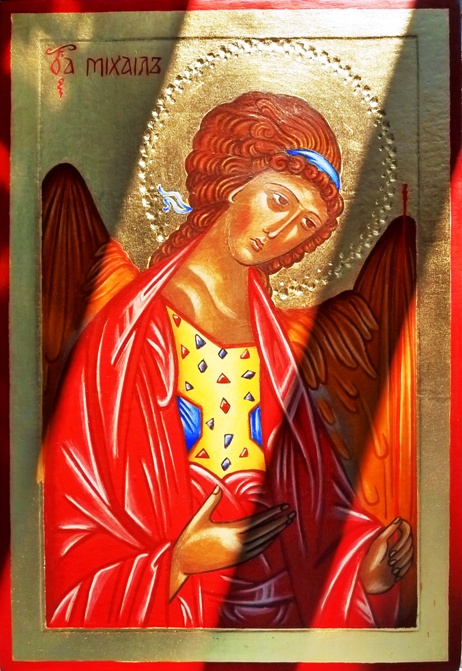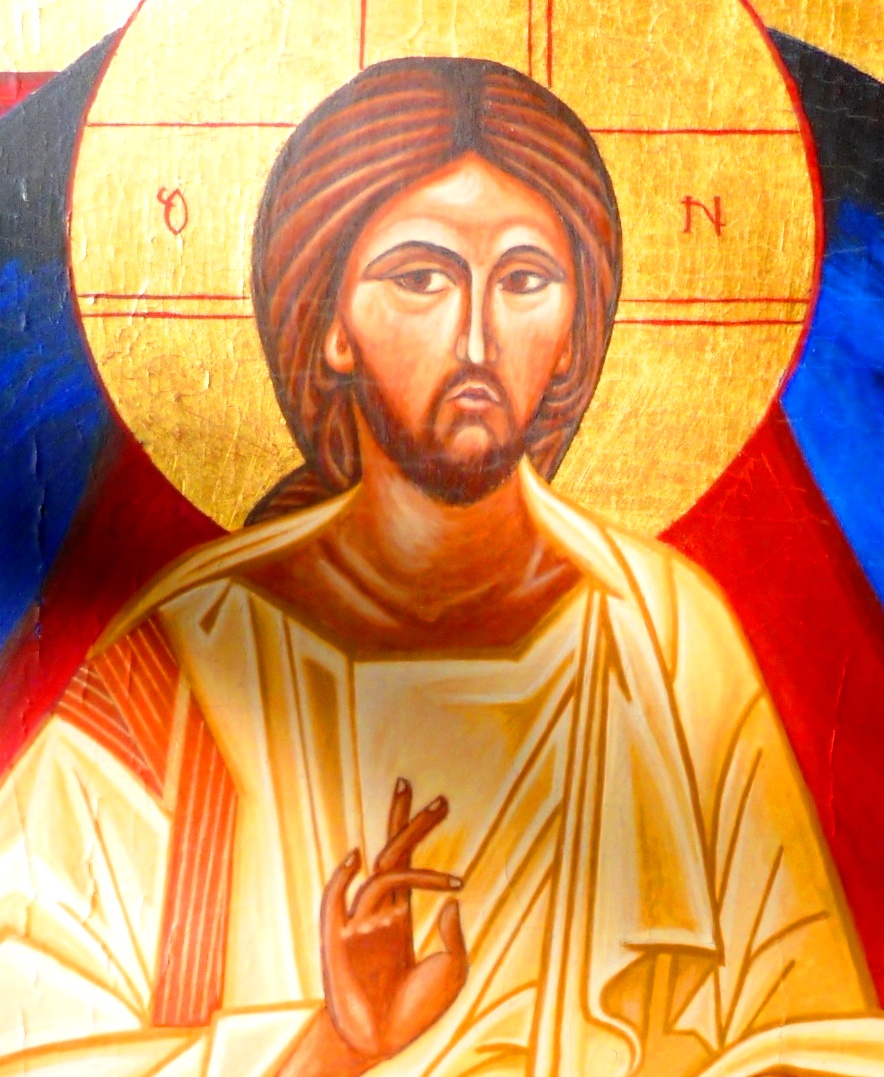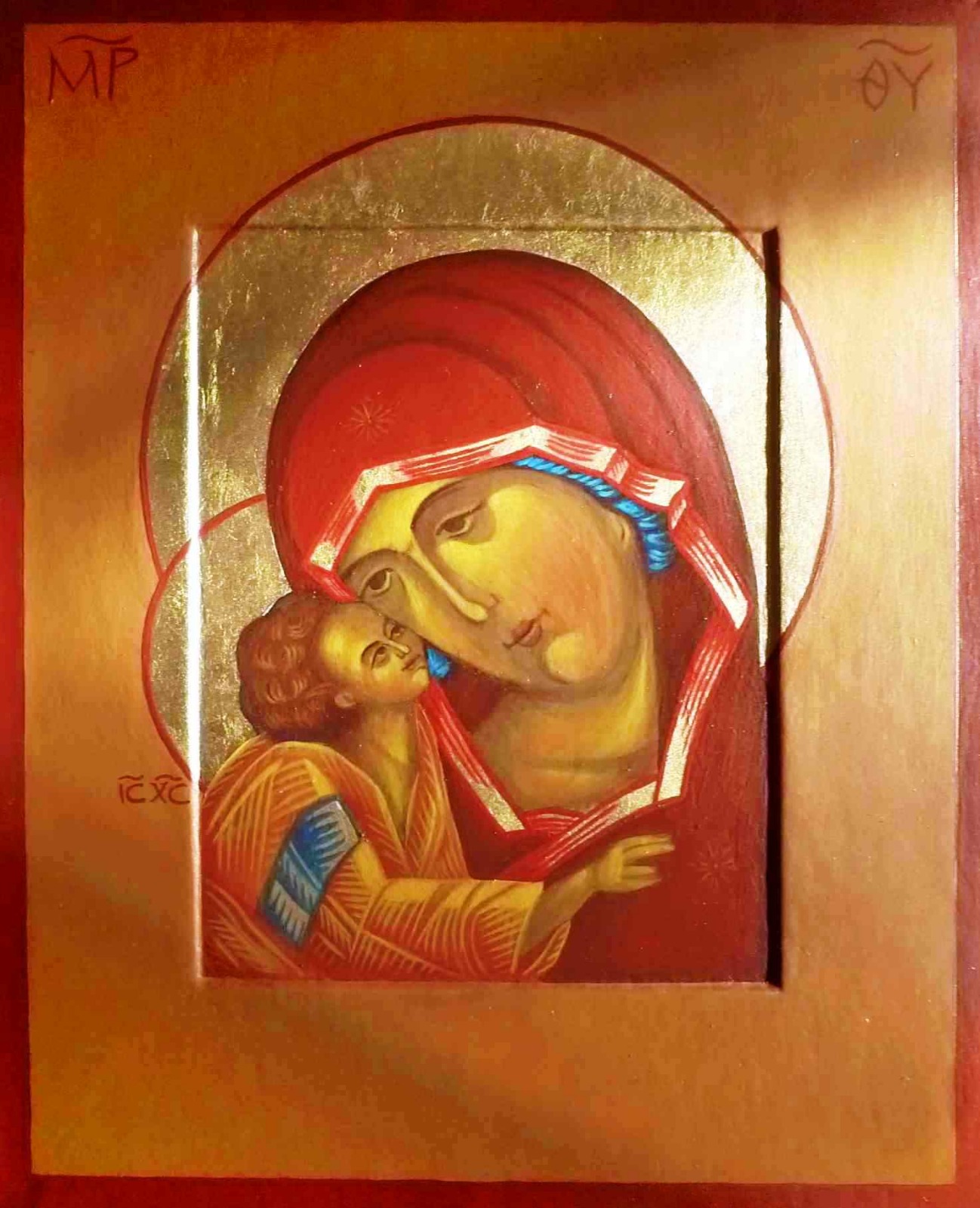Foreword
An icon is a window into another world, a dimension, which exceeds us. To tell simply: a window to heaven. It lets us look into its mystery and, at the same time, the mystery of blessing is coming through it. Not only we can look at an icon, but also the icon is looking at us.
Many icons are surrounded with a mystery and, in fact, there were not exactly few miraculous icons, be it „weeping" icons, those bringing recovery from illnesses or victory in fights with enemies.
Primarily, the icons are venerated in orthodox churches; nevertheless, it was already in the early Christianity that they were created – at the time before the Church was divided. We may thus state that they have their place also in the Western Christianity.
Thus, it is a manifestation of art, which is, from the theological point of view, written and not painted or drawn. It is the figures of Christ, Virgin Mary, Saints or various scenes from the Holy Scripture or from the lives of the Saints, which are depicted on the icons. As a part of creation, there are canons, i.e. closed units, which should be observed when writing icons. This concerns e.g. colours, position of hands, etc. The light issues from the faces of the figures depicted on the icons. So the shadows are missing here and everything is illuminated by the point of a depicted Saint. The icons are full of symbols, of geometric forms. In the cathedrals, they are usually settled in the so-called iconostasis.
In the past, the icons used to be situated at respectable places in homes. When entering or leaving a house, everybody bowed or otherwise venerated and greeted the saint on the icon.
At present, we may find icons not only in cathedrals, but also on walls of private flats, where they make a beautiful decoration, bring blessing and may challenge a human to pray and to lift up his heart to God.



